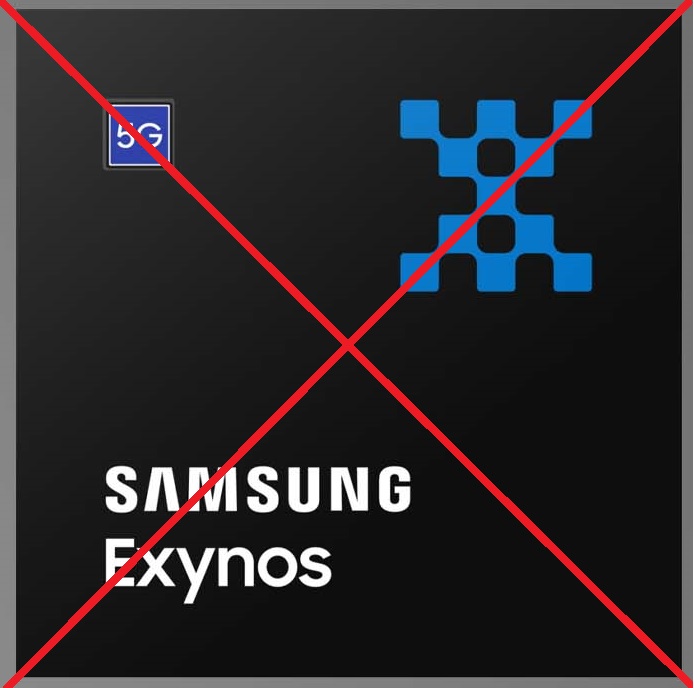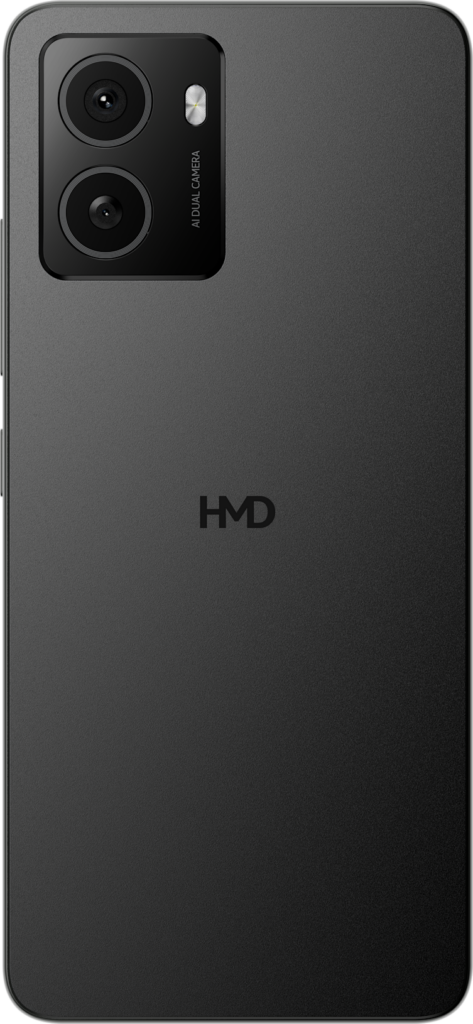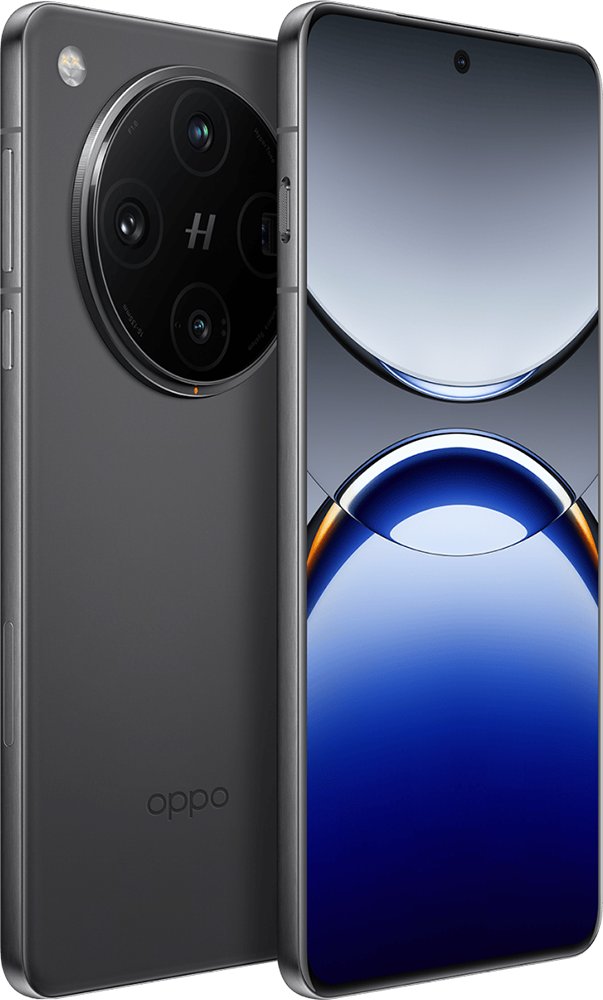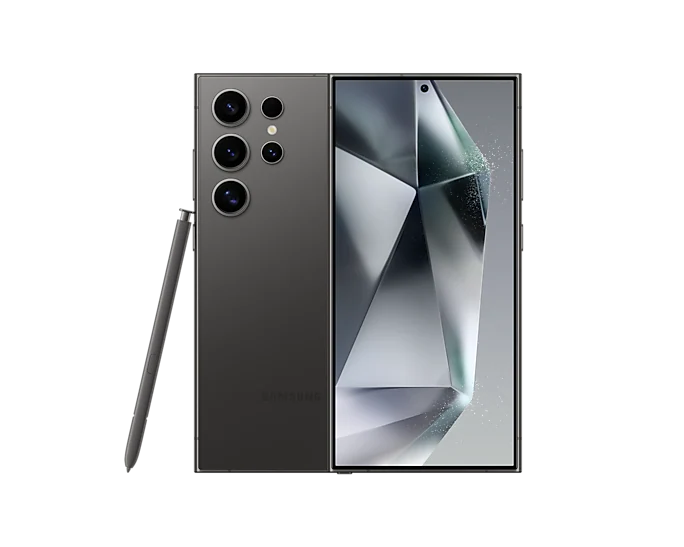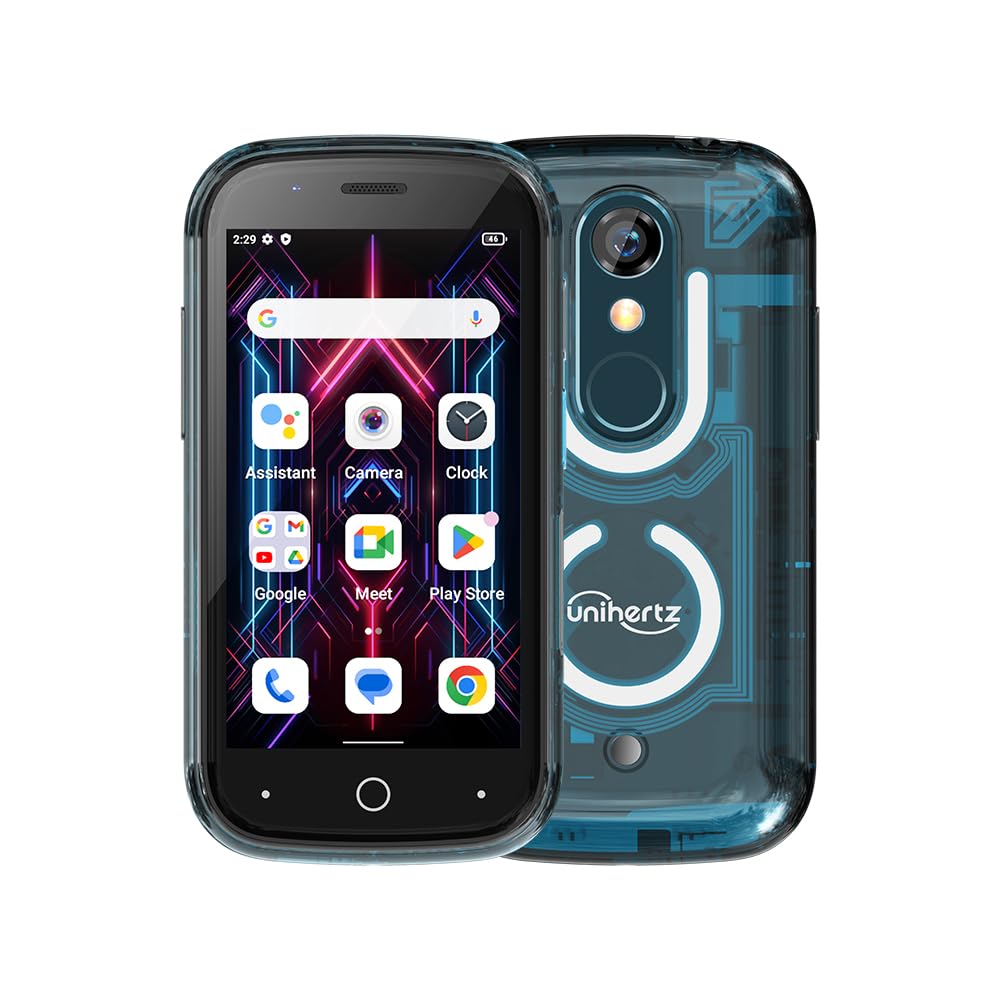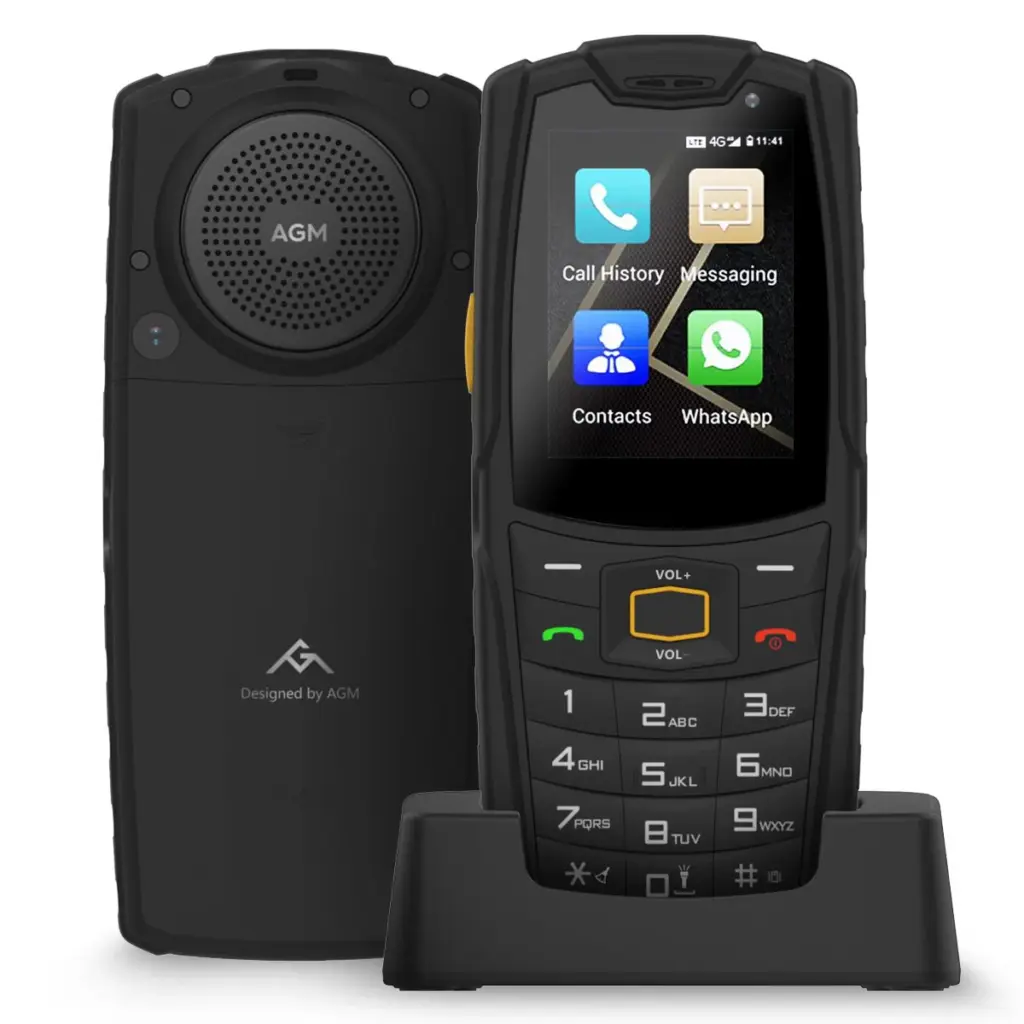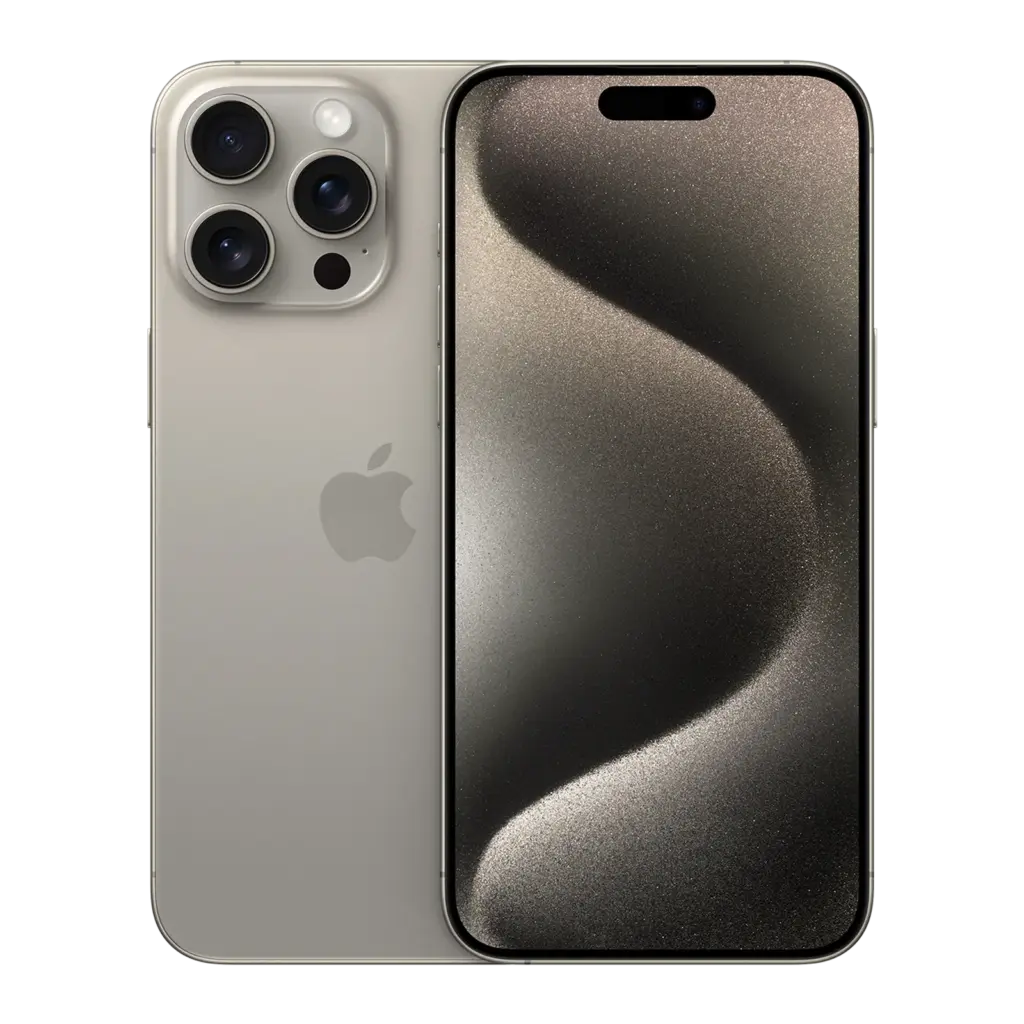As someone who likes to mess around with my electronics I’ve unlocked my fair share of bootloaders on Android smartphones over the years. I don’t know if this was commonplace but on the first Android phone I had (Samsung Galaxy Y) I’m not even sure it had a locked bootloader, I certainly didn’t need to unlock it to root and install custom ROMs!
A locked bootloader has it’s place, and it’s purpose originally was to ensure that the operating system and other partitions were running signed code, giving you the security of knowing that your system was as the manufacturer intended and hadn’t been tampered with.
Previously this could be unlocked easily, usually simply with a toggle in the system settings, followed by a fastboot command.
In 2025 this is now somewhat of a rarity. Google, Samsung, Nothing and maybe a couple of other smaller manufacturers still offer an easy unlock process with no strings attached. Increasingly though we’re seeing more and more manufacturers put hurdles in the way of you unlocking the bootloader, assuming that they aren’t blocking it entirely.
Xiaomi and Motorola insist on having to go through hoops on their website, waiting for periods of time and submitting codes before being granted the ability to unlock. HMD, Oppo, Honor, Asus and more make it completely impossible to unlock your bootloader. Full details of this can be seen on the “Bootloader wall of shame” here.
Okay, so manufacturers want to stop us unlocking the bootloader, what’s the problem you might ask? The problem is a fundamental one, and let me ask a question in response: If we buy a product, do we own it entirely? If you answered yes then we should be able to do whatever we please with it. Applying this logic to a desktop computer, you would not be happy if your newly purchased Dell or HP desktop was locked down so that you couldn’t install an operating system of your choice, would you?
In my eyes phone makers are preventing bootloader unlocks for one of two reasons:
- They want to prevent you from updating the device to more recent versions of Android than they released, therefore forcing you to buy a new phone (hopefully from them).
- They want to keep you using THEIR operating system.
I have a feeling that the 2nd option is most likely. With extended update promises now reaching 7 years in most cases I don’t really think that phone makers care if you buy a new phone from them or not, they just want you using their operating system. The reason for this, data collection. I have a feeling, based on facts of smartphone telemetry that far more money is made from our personal data than is ever made from the purchase price of the device.
Imagine a stalker giving his victim a mobile phone as a gift. The person might be happy to receive a new phone, but the stalker will be even more happy that their victim is using it. They will now be able to track location, maybe listen to the microphone, look through the camera, see what the victim is searching. At this point the stalker wouldn’t even care about how much they spent on the phone, because the data they gain on the victim is more valuable to them.
While this sounds extreme this is exactly the same dynamic that we have with tech companies, only we as users get a worse deal because we have to pay for the device initially!
Don’t believe me? As I always say, don’t take my word for it and do your own research, I only wish to get you thinking. Take a look at some of the default permissions of the inbuilt apps on your phone. Go one step further and log the network traffic leaving your phone on a regular basis. It’s truly alarming just how many domains a smartphone will contact on a near constant basis even without user input.
Unfortunately I can’t put a value on the data collected from a user over a devices lifetime because we don’t know in full exactly how much data is being collected on us. However, the lengths manufacturers go to to prevent us removing their software gives me a good idea.
Android is going down a slippery slope currently. The allure of Android has always been it’s freedom, especially when compared to iOS, but slowly we’re seeing that freedom be eroded. Piece by piece our abilities to do as we wish with our devices is being removed. Currently even if we are able to install an operating system of our choice it will be with strings attached. Google now bake a “Play Integrity” API into their operating system for apps to utilize. Essentially this interrogates the device, and if it detects an unlocked bootloader, custom rom or root access it allows developers to block access to their application. The most common application of this API is with banking apps. Will you really go to the length of playing with Magisk modules and potentially even owning a second device for banking just to use a custom ROM? For the majority the answer is no.
It used to be easy to get around these checks, but it’s getting harder and harder by the day. At this point less people with bother unlocking their devices even if they have the ability to. With my current Samsung S25 I have every option to unlock the bootloader, root and install a custom ROM if I wish, but in doing that the device would burn a physical fuse, locking the device out of all of the Knox features, other features of the phone will only work under Samsung OneUI. This would essentially destroy the resale value of the device, and the features I’d lose would make using the phone difficult.
With my current device I will have it for 7 years, but I have a bad feeling that when I come to upgrade the landscape of privacy and freedom over the devices we buy will be even worse than it is now.

